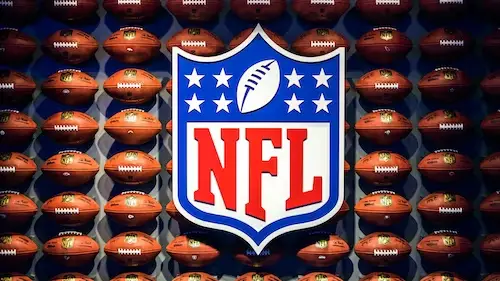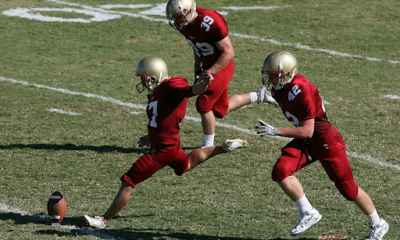
The USFL has achieved a remarkable feat by completing the 2022 season, setting itself apart from most spring leagues. It has been quite some time since a fully operational spring football organization has endured an entire year, but the USFL has managed just that. However, FOX’s remarkable plans and support for the USFL have played a pivotal role. Without FOX, it is uncertain where the league would be at this moment. All this drew attention to the USFL business model, which we will talk about.
Is there a place for USFL’s business strategies in sports?
Spring football’s viability is not just grounded in sentimental reasons but also in the financial aspects, considering professional sports’ status as a multi-billion-dollar industry. Consequently, the success of spring football hinges on the capability of current owners, a conglomerate of media companies, to minimize costs and risks while maximizing profitability.
Numerous practical reasons suggest that minor league football has the potential to carve out a distinct niche in the realm of sports. Notably, the NFL, previously wary of spring football as a competitor, may have gleaned insights from the National Basketball Association (NBA), which long resisted the formation of alternative leagues.
The NBA’s developmental league, currently known as the G-League due to sponsorship from Gatorade, serves as an illustrative example of a minor league system that can cater to the interests of a professional league. Despite lacking formal endorsement by the NFL, the existence of the USFL has not been met with opposition, signifying the possibility of future collaboration between minor league football teams and NFL franchises.
Top priority media presence and corporate sponsorships
The USFL has taken measures to control costs by centralizing its operations in one city. However, it recognizes that in today’s landscape, focusing on building a robust media presence is crucial to capturing a sizable TV sports audience, rather than solely relying on filling stadiums in multiple cities.
In the modern era, sports teams and leagues greatly rely on securing lucrative media rights and corporate sponsorships as primary revenue sources. The current USFL, under the ownership of media companies, directly addresses one of the key factors that led to the failure of previous spring football leagues.
In the past, major media networks that held significant deals with the NFL had vested interests in undermining the success of spring football. They perceived minor football leagues as potentially diluting their investments in the NFL. Neglecting or providing unfavorable coverage of competing leagues might have contributed to the downfall of prior spring football ventures.
If you want to follow the evolution of the sports industry, you need stable streaming access. The USFL case study is proof of this. The more viewers you can attract, the better the funding for the leagues will be. However, many services still impose regional restrictions. Services such as BBC Player are not available everywhere, but with a VPN (https://veepn.com/blog/vpn-for-bbc-iplayer/) this problem can be solved. Until viewers have to resort to additional measures, it will be difficult to progress. Fortunately, we have at least such an opportunity to circumvent regional restrictions.
Spring football benefits all parties
Birmingham Stallions games not only entertain the spectators but also capture plenty of crowd shots for the USFL. They can be utilized in future promotions and game day visuals to attract advertisers for the league’s second season.
Despite not reaching NFL standards, the games boast a respectable level of competition, providing players with valuable live-action game tapes. Many current USFL players may receive inquiries from NFL scouts or agents, while others will have a chance to bid farewell to the game they love.
Sadly, more than 98% of college football players never get the opportunity to play in the NFL. The absence of a football minor league has deprived countless talented players of the chance to develop and exhibit their abilities after college.
However, the USFL fills the long-existing void for those thousands of players who were undrafted or did not make the cut after being drafted. The current USFL offers a last opportunity for a small percentage of these players while providing the NFL with a means to scout cost-effective talent.

Professor Jeffrey G. Owen, an economics professor at Indiana University, persuasively argued in a 2006 article that the economic benefits of professional sports are often emphasized by proponents. However, Professor Owen also highlighted the intangible benefits that cities derive from hosting a professional sports team.
While cities like Birmingham may not be major media markets deserving a major league franchise, they are home to wonderful people who deserve their moment in the spotlight. Similarly, numerous small and mid-size cities could benefit from spring football.
Conclusion
The USFL had an exceptional first season, delivering an exciting twelve-week experience for spring football enthusiasts nationwide. The games were thrilling, the football quality was top-notch, and competition was fierce across the board.
For those concerned about attendance, rest assured that it will improve gradually. Initially, with teams eight playing in one city, it is unrealistic to expect packed stadiums right away. However, as the league expands into all eight markets and more cities come into play, fan bases will grow. We must be patient.









